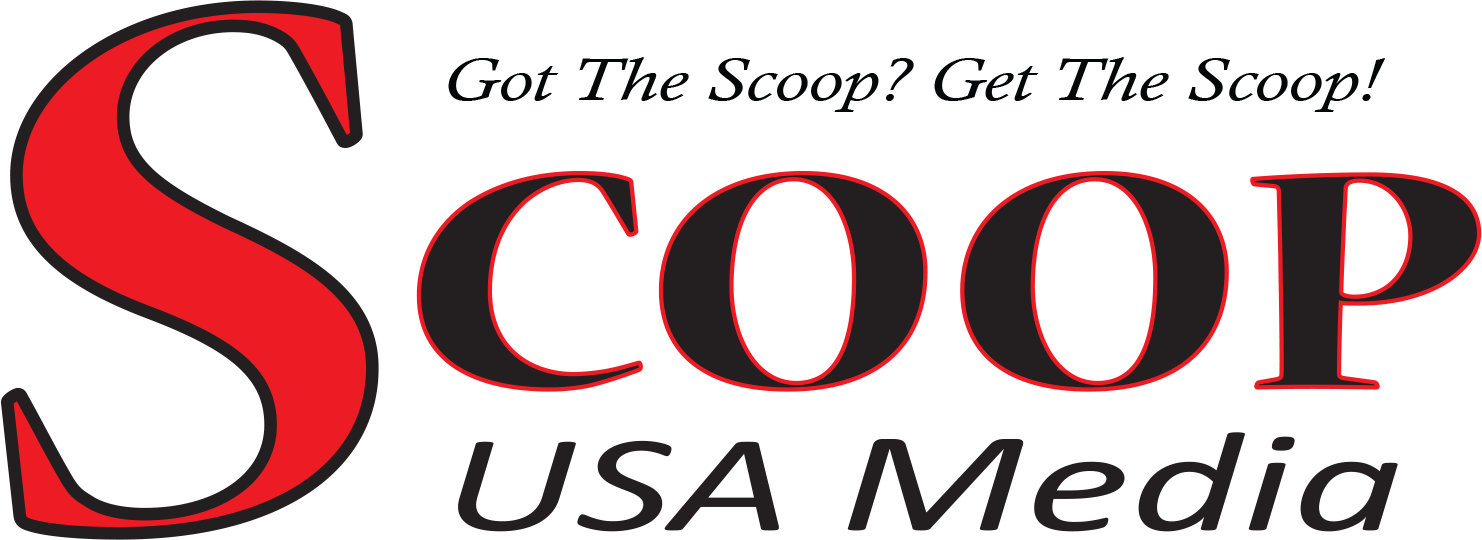If you take risks, you will make mistakes. Robert L. Dilenschneider explains how to make yours the right way–absorb the lessons and keep on striving for imperfection.
NEW YORK, NY, September 2023 —Dealing with the aftermath of a blunder can be painful. Mistakes are messy, embarrassing, costly, and, above all, prove that we are not perfect. But Robert L. Dilenschneider says perfection should not be what we are striving for in our careers anyway—in fact, it’s a fallacy. If we’re taking risks, as we should, we will make mistakes…the key is to make them the right way.
“First, forget the idea that mistakes are ‘bad,’” says Dilenschneider, author of Wall Street Journal and USA TODAY bestseller The Ultimate Guide to Power & Influence: Everything You Need to Know. “Actually, they are crucial. If there are no mistakes in a company, then no one is taking a risk, and innovation will atrophy.”
Many of the most successful companies can all be traced back to a career-risk failure, he notes. However, if that failure hadn’t been handled the right way, the outcome would have been very different. It’s what we do after making a mistake—how we deal with the consequences—that ultimately leads us to the victory.
“When managing the fallout of our own failure, it can feel like we’re picking through the rubble to see what’s salvageable,” says Dilenschneider. “It would be all too easy to seal yourself away in your office and ignore the ensuing problems. However, what happens after a mistake is made can provide a valuable, unique opportunity if it’s handled properly.
Below, Dilenschneider provides six insights on making mistakes the right way:
First, know the risk of NOT taking risks. Dr. Robert Cade, armed with his new creation—a sports drink called Gatorade—went with Dilenschneider to the project managers of Stokely-Van Camp, a canned soup company, to pitch the product. They said no. So, they went to Executive Vice President Hank Warren’s office instead. He loved the idea and the rest is history—Gatorade put sports drinks on the map.
The only ones who made a mistake in this instance were the project managers, who weren’t willing to take the risk. “No one actually likes to make a mistake,” says Dilenschneider. “But mistakes will happen if you take risks. Or, in the case of the Stokely-Van Camp product managers, if you don’t.”
When you make a mistake, accept the responsibility. In the wake of a career mistake, it does no good to point fingers. Not only does it look childish and desperate, but it does not pay off to pin the blame on someone else. Sometimes, we have to bow our heads and accept the responsibility. Dilenschneider cites renowned architect I.M. Pei as a good example.
While he was striving for originality and innovation in designing Boston’s John Hancock Tower, it took only some heavy winds to reveal the flaw in his firm’s design. Several five-hundred-pound windows crashed into the streets below. The result was a $75-million project that ballooned to $175 million and took an extra five years to complete. While Pei had not designed the tower himself, his firm’s name was on the plans—so he took responsibility.
“With humility and perseverance, we move forward and improve,” says Dilenschneider. “Pei had integrity, the kind that engenders respect. People make mistakes, but the biggest mistake is failing to learn from them.”
Check your attitude…and look for the lessons. To extract the most learning from your mistakes, first consider how you talk to yourself about them. Do you wallow in self-recrimination? Do you amplify the negativity? That can be self-defeating and make you too cautious to stretch again.
“When it comes to your mistakes, look realistically at what went wrong,” advises Dilenschneider. “Could it have been anticipated? Could it have been prevented? What could you or your team or your company have done differently?”
He cites Oprah as a good example of what can be gained from a healthy approach to mistakes. In his book, he quotes her on what happened when the Oprah Winfrey Network was losing money back in 2011:
“Now when you’re down there in the hole, it looks like failure,” she said in her commencement speech at Harvard University in 2013. “When that moment comes, it’s really okay to feel bad for a little while. Give yourself time to mourn what you think you may have lost—but then, here’s the key: Learn from every mistake because every experience, encounter, and particularly your mistakes are there to teach you and force you into being more who you are.”1
Others are watching, so set the right example. It’s common for your career risks to affect more people than just you, especially when it comes to your team. Always remember. that your behavior (in the wake of a mistake) will affect how others view or perceive you.
“Staff will watch how you handle a mistake,” says Dilenschneider. “If you ignore it, your staff won’t say anything but will harbor the view that you won’t come to grips with it. I’ve had many top executives tell me they’re not going to talk about a mistake, and I always tell them it will hurt them and their company to not speak out. By owning up and handling a situation with humility, energy, and positivity, you are setting the best example for your company or organization.”
Don’t stop at prototype 5,126 (i.e., persevere!). These days, Dyson is a household name, making vacuum cleaners, commercial hand dryers, bladeless fans, and air purifiers–but it all started with James Dyson, 5,127 prototypes, and fifteen years of mistakes. Finally, when he pitched a suitable product to English retailers, none took a bite, so he launched it in Japanese catalogs, where it became a quick success.
“With calculated risk-taking, you also need perseverance,” says Dilenschneider. “Good thing James Dyson believed in what he was attempting, persevered, and didn’t stop at prototype number 5,126.”
Keep on striving for imperfection. A company that believes they’re perfect will die out, Dilenschneider affirms. “If you already think you’re always right—well, you’re wrong,” he says. “And, you close yourself off from good ideas and discourage employees from suggesting them.”
For Jeff Bezos, perfection has never outweighed the importance of innovation. His online auction site, zShops, fizzled out, as did Amazon’s Fire smartphone, which ended in a quarterly loss of $170 million.
“If you think that’s a big failure, we’re working on much bigger failures right now. And I am not kidding,” Bezos told the Washington Post. “Some of them are going to make the Fire Phone look like a tiny little blip.”2 On another occasion, he told shareholders, “Failure and invention are inseparable twins.”3
Of course, there is no guarantee that your mistakes will lead to huge successes like a household-name sports drink, a great vacuum cleaner, or a successful TV network. The art of mistake-making is a tricky business. When you calculate a risk, you must decide when to take a leap of faith and when to step back from one. That is not easy—but it is worth doing.
“From the clear-eyed examination of a mistake can come the kernel of another idea,” says Dilenschneider. “The original idea may have failed, but from it can spring something even better. But even if not, the lessons learned can pay off in other ways in your life. Sometimes, the lesson from getting something wrong is stronger than having the right answer in the first place.”
1 “Winfrey’s Commencement Address,” Harvard Gazette, May 31, 2013
https://news.harvard.edu/gazette/story/2013/05 /winfreys-commencement-address/
2 Eugene Kim, “Amazon CEO Jeff Bezos Explains Why the Fire Phone Disaster Was Actually a Good Thing,” Business Insider, May 18, 2016,
https://www.businessinsider.com/jeff-bezos-why-fire-phone-was-a-good-thing-2016-5
3 Jeff Bezos, 2015 Letter to Shareholders, Amazon, PDF file, accessed December 1, 2022
https://s2.q4cdn.com/299287126/files/doc_financials/annual/2015-Letter-to-Shareholders.PDF
About the Author:
Robert L. Dilenschneider, author of Wall Street Journal and USA TODAY bestseller The Ultimate Guide to Power & Influence: Everything You Need to Know, formed The Dilenschneider Group in October 1991. Headquartered in New York, Miami, and Chicago, the firm provides strategic advice and counsel to Fortune 500 companies and leading families and individuals around the world, with experience in fields ranging from mergers and acquisitions and crisis communications to marketing, government affairs, and international media.
Dilenschneider started in public relations in 1967 in New York, shortly after receiving an MA in journalism from Ohio State University and a BA from the University of Notre Dame. He has authored 18 books, including A Briefing for Leaders, The Public Relations Handbook, Decisions, and Nailing It. For more information, please visit https://robertldilenschneider.com/.
About the Book:
The Ultimate Guide to Power & Influence: Everything You Need to Know (Matt Holt Books, July 2023, ISBN: 978-1-6377429-3-8, $28.00) is available at bookstores nationwide and from major online booksellers.


